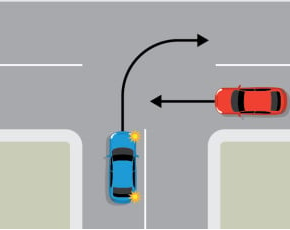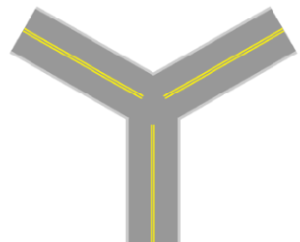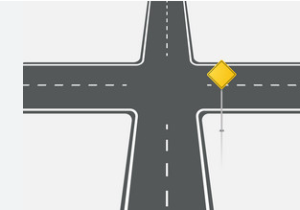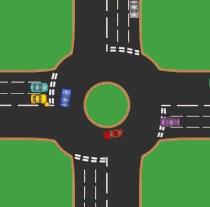Online Driver Education for Ohio Students
As the internet has become more prevalent in society, so too has the option to take driver education courses online. In the state of Ohio, students have the option to take an online driver education course in order to obtain their license. This can be a convenient option for those who cannot attend a traditional brick-and-mortar school, or for those who want to complete the course at their own pace.
There are a few things to keep in mind if you are considering taking an online driver education course in Ohio. First, you must be at least 15 years old to take the course. Secondly, the course must be approved by the Ohio Department of Public Safety. And finally, you must pass a written test and behind-the-wheel test in order to receive your license.
Taking an online driver education course can be a convenient and flexible option for those who want to obtain their license. Just be sure to keep a few things in mind, and you’ll be on your way to getting your Ohio driver’s license.
You may also read: Why its Must to Take Advanced Driver Training in Ohio?
Ohio Defensive Driving Course and Traffic School Online
If you have recently been issued a traffic ticket in Ohio, you may be able to take an Ohio defensive driving course or traffic school online in order to avoid points on your license. This can be a convenient option for those who cannot attend a traditional brick-and-mortar school, or for those who want to complete the course at their own pace.
There are a few things to keep in mind if you are considering taking an online defensive driving course in Ohio. First, you must be at least 18 years old to take the course. Secondly, the course must be approved by the Ohio Department of Public Safety. And finally, you must pass a written test in order to receive completion of the course.
You may also read: What are Four Rules of a Four-Way Stop?
Taking an online defensive driving course can be a convenient and flexible option for those who want to avoid points on their license. Just be sure to keep a few things in mind, and you’ll be on your way to maintaining a clean driving record in Ohio.
Teen Driving Laws in Ohio
If you are a teenager looking to get your driver’s license in Ohio, there are a few things you need to know. First, you must be at least 15 years old to take a driver education course. Secondly, you must pass a written test and behind-the-wheel test in order to receive your license.
There are a few things to keep in mind if you are considering taking an online driver education course in Ohio. First, you must be at least 15 years old to take the course. Secondly, the course must be approved by the Ohio Department of Public Safety. And finally, you must pass a written test and behind-the-wheel test in order to receive your license.
You may also read: Driving Tips for Teens: Driving with Friends
Taking an online driver education course can be a convenient and flexible option for those who want to obtain their license. Just be sure to keep a few things in mind, and you’ll be on your way to getting your Ohio driver’s license.














